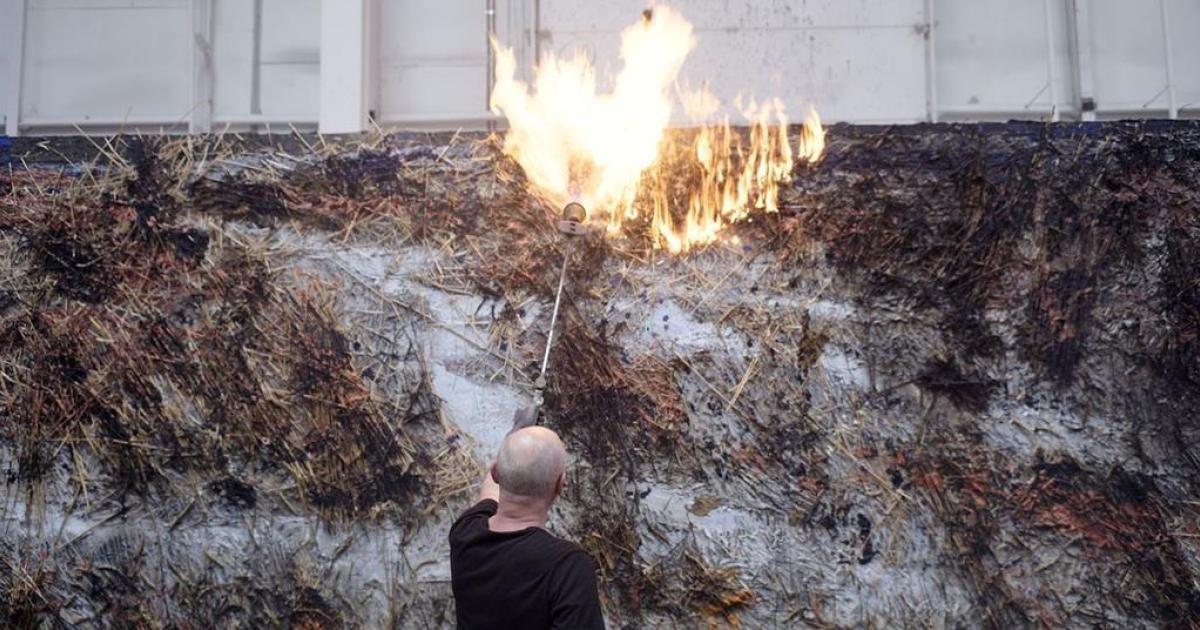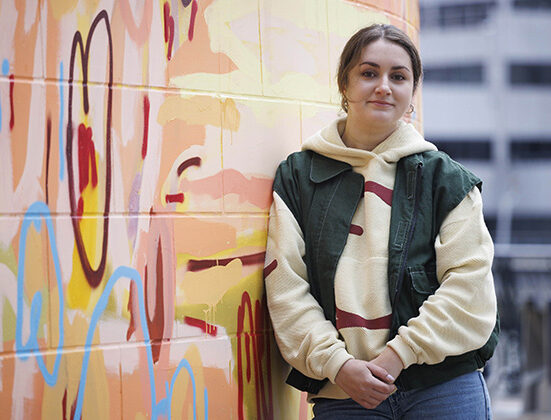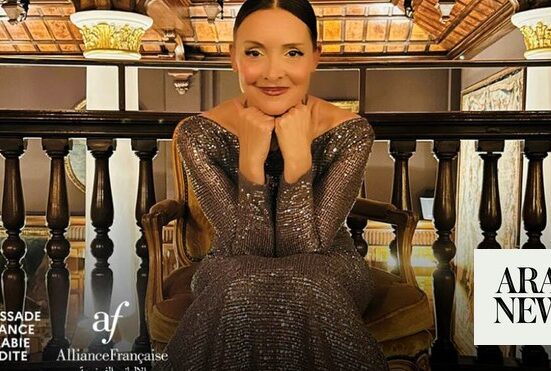Sign up for Sight & Sound’s Weekly Film Bulletin and more
News, reviews and archive features every Friday, and information about our latest magazine once a month.
Ahead of the release of Pina (2011), Wim Wenders’s groundbreaking 3D tribute to avant-garde choreographer Pina Bausch, the director speculated in Sight and Sound that documentary could be the thing to shift 3D from attraction to respected artform – “I feel that’s where 3D can really make a quantum leap… You can take your viewers into the world of your characters in such a complete and immersing way!” Twelve years on, that shift remains to be seen in the nonfiction space, but Wenders continues to bang the drum for the artistic potential of the medium, this time with Anselm, a 3D documentary about the German artist Anselm Kiefer. But he wasn’t exactly wrong about that quantum leap – Anselm takes 3D filmmaking to places that weren’t technologically within reach when Wenders made Pina.
Where the most overwhelming visual moments of Pina came from the dancers’ 3D-enhanced movements, Anselm finds a new kind of freedom and fluidity in the camerawork, made possible in part by lighter 3D camera equipment. Wenders can now mount small, industrial cameras on specially-designed drones, allowing soaring landscape shots of Anselm Kiefer’s 200-acre art compound in Barjac in the south of France.
At Kiefer’s vast atelier in Croissy-Beaubourg, near Paris, there’s a playfulness to cinematographer Franz Lustig’s camerawork as he follows the artist gliding around this echoey art-hangar space on a bicycle, inspecting his towering canvases. The 3D effect is subtle, but enriches the film’s texture so that you feel you are in the artist’s studio, among industrial shelves stacked with old mannequin torsos and crumpled paint tubes, nostrils stinging from the scent of turps. We stand alongside Kiefer as he pours lead on the surface of a painting like a crazed alchemist, willing it to splash to get the desired effect.
Wenders is fascinated by the creation of visual art, and the adventurous minds behind the making – before Anselm, he made two short 3D film installations: Two or Three Things I Know About Edward Hopper (2020), exploring the painter’s cinematic influence, and Présence (2022), about the contemporary artist Claudine Drai. But Kiefer, a man Wenders believes “paints the universe… paints history”, provokes another level of fixation.
This film is not a straightforward biography, but in plumbing the depths of Kiefer’s imagination the director accesses their overlapping history. Both men were born in Germany at the end of World War II, and much of Kiefer’s work is a response to a culture of silence around Nazi atrocities, as we see in a heavy-handed sequence that cuts from footage of the swastika on Nuremberg stadium being blown up to Kiefer dousing the surface of his painting in flames. A loose chronology is woven through archive interview clips, seen on an old television set – such as the young Kiefer defending his controversial action Occupations (1969), which saw the artist photograph himself giving a Nazi salute at various European historical sites in his father’s Wehrmacht uniform: what he deemed “a protest against forgetting”.

Present-day Kiefer does not discuss such things – those debates are left to the past. Instead, he’s heard quoting literary figures who stalk his mind and work – the Romanian poet Paul Celan, the philosopher Martin Heidegger – or sharing thoughts on ideas so big and complex you can’t help but read them as simplistic when expressed aloud: “We are all atoms”.
Wenders constructs Kiefer as an elusive titan of art, filmed moving through passageways and crypts, disappearing into a cloud of 3D cigar smoke. Such framing can feel regressively macho – Kiefer may be a visionary, but the monumental scale of his work demands endless collaboration; when he takes a flamethrower to his paintings, his assistants are right behind him with a hose, seen but not heard.
The few moments the artist feels like a mere mortal are mostly in the film’s glossy fictionalised sequences, which show Kiefer as a child (played here by Anton Wenders, the director’s great-nephew), drawing, inventing, reading. They also give us an indelible 3D image: the young boy wading through a sunflower field, framed beneath an inky sky dotted with a vivid constellation of acrylic-splatter from Anselm Kiefer’s artwork The Renowned Orders of the Night (1997).
One scene shows Kiefer simply painting (albeit on an immense scale), forcefully scraping out a grey-tone landscape with a long spatula. The depth and volume of 3D brings an intimacy to the image that feels almost voyeuristic to watch. There’s no bloated philosophising, no disappearing into self-mythology. It’s just Kiefer, breaking a sweat over a difficult piece, showing us that he is, in fact, human after all.
► Anselm is in UK cinemas on 8 December.







